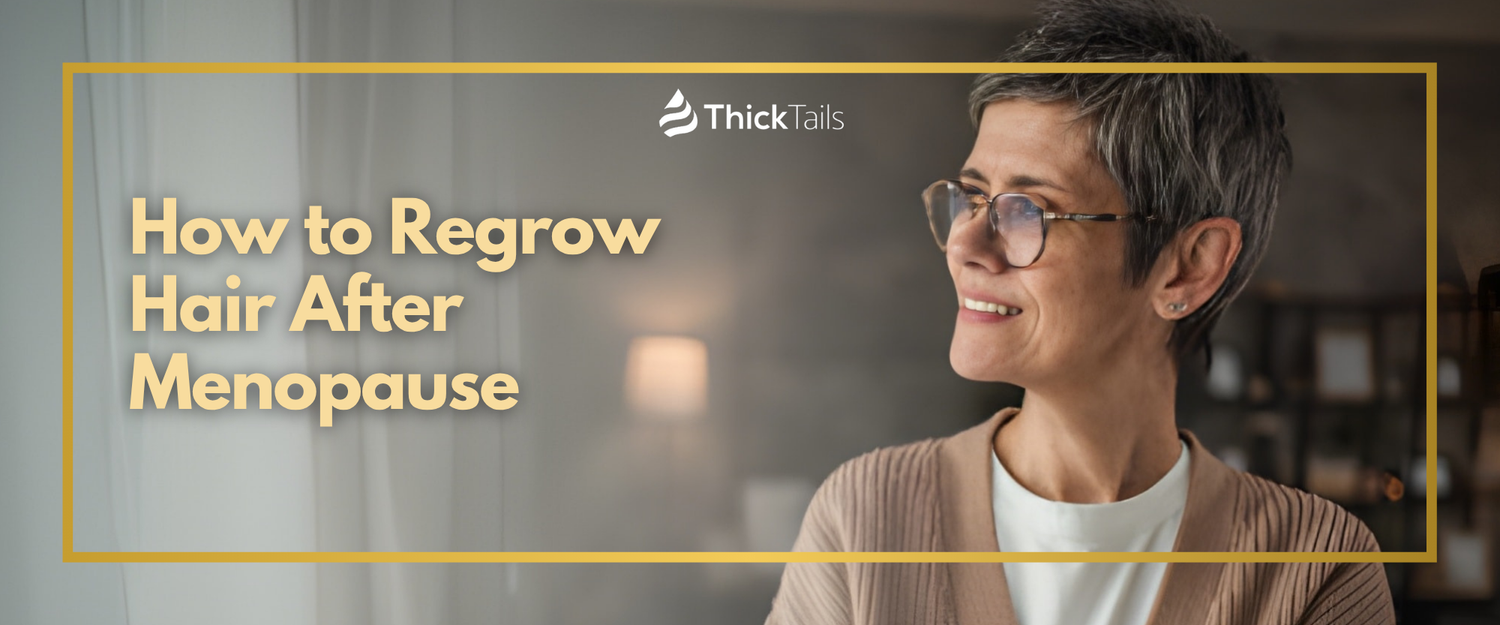Hair is a powerful storyteller, with the strands and styles of the past echoing through the eras. From ancient civilizations to modern trends, the women of history have embraced, adorned, and transformed their hair in ways that reflect their contexts and cultures. As we explore the intricate tapestry of women's hair care practices, we'll discover that the evolution of hair care is not just a matter of aesthetics but a profound canvas on which the human experience is painted.
In this extensive exploration, we'll unravel the ancient secrets of hair care, marvel at the historical trends that shaped generations, and peer into the future of hair care as a ground for innovation and cultural expression.
I. Ancient Roots: Hairstyles and Hair Care in Early Civilizations

Diving into the ancient roots of hair care, we find that the women of early civilizations laid the foundation for contemporary practices. They concocted natural shampoos and conditioners from plants and oils, understanding the essence of nourishment for healthy hair. Long before the advent of modern hair supplements, these women relied on a rich repertoire of herbs and ingredients, such as aloe and rosemary, to fortify their locks and enhance their natural beauty. Their legacy tells a story of ingenuity and connection to the earth, paving the way for the hair care rituals we know today.
Mesopotamia and Egypt: Early Innovations in Hair Care
The people of ancient Mesopotamia were among the first to create early versions of the haircare products we use today. They concocted hair oils and perfumes from natural resources, using almond, rosemary, and sandalwood to nourish and scent their hair. In Egypt, where personal grooming was not just a habit but a religious ritual, women adorned their tresses with beads and precious metals. The voluminous wigs and intricate braids served not only as a fashion statement, but also as a status symbol.
Ancient Greece and Rome: Influence of Mythology and Culture on Hairstyles
Greece and Rome saw a continuation of the trend, with elaborate updos designed to reflect the mythological deities and the social structures of the day. Women in these cultures pursued gloss and sheen for their locks, employing a mixture of vinegar and goat's milk for their cleansing — the earliest predecessors of shampoo and conditioner.
Medieval Europe: Symbolism and Social Status in Hair Styles
In the halls of Medieval Europe, the narratives woven into women's hairstyles were rich with symbolism and reflective of social status. Female nobility often obscured their hair under elaborate headdresses as a sign of modesty, while the common women kept simpler styles. Despite the lack of sophisticated hair care products, these women still managed to create potions and infusions from herbs to act as primitive shampoos and conditioners, aiming to maintain the health and luster of their hair. While hair supplements were not yet a part of the lexicon, their understanding of natural remedies suggested an early form of fighting hair loss and promoting growth.
II. Modern Transformations: Trends and Technologies
As we transition into more contemporary times, women's hair care continues to evolve with groundbreaking trends and emerging technologies in the industry. The development of specialized shampoos and conditioners tailored to unique hair types and concerns, such as volumizing, moisturizing and color-protection formulas, marks a significant advancement in personal hair care. Furthermore, today's market offers a sophisticated array of hair supplements designed to combat hair loss and nurture hair growth, illustrating the modern woman's quest for optimal hair health and her continuous connection to the cultural heritage of hair care. The personal and societal importance of hair care for women remains ever-present, just as it has throughout history.
The Renaissance: Changing Styles and Techniques
During the Renaissance, a period of artistic and intellectual revival, women's hair care underwent yet another transformation. Enhanced by the era's infatuation with beauty and artistry, new hairstyles emerged that spoke to the creation of identity and social position. Ladies in court dyed their hair with natural substances such as saffron and sulfur to achieve the golden tones deemed fashionable, a precursor to modern hair coloring techniques. This was a time when shampoo and conditioner were not packaged luxuries but homemade mixtures often containing ingredients like lavender and rosewater. Additionally, hair supplements were still in the realm of herbal remedies, which women used with the belief that they would strengthen and protect their luscious locks against the wear of elaborate styling practices.
Victorian Era: Elaborate Hairstyles and Hair Care Rituals
The Victorian era was a time of strict social norms and equally intricate hair care practices. The flowing curls and elaborate updos of this era were often adorned with flowers, ribbons, and even taxidermied birds. Hairdressing salons, as we know them, emerged during this time, emphasizing on hair care as both a personal and social duty, while also catering to the elite with luxurious treatment rituals.
20th Century: The Rise of Modern Hair Care Products and Practices
As the 20th century unfolded, the landscape of women's hair care saw revolutionary changes, with the introduction of commercial shampoo and conditioner, signaling a shift in the accessibility of hair maintenance products. Advertising campaigns targeted women, urging them to embrace the convenience and benefits of these new formulations. Meanwhile, hair supplements made their way into the beauty lexicon, promising to enhance the health and vitality of hair from within. This era laid the groundwork for an industry focused on women's hair care, with innovations designed to meet the evolving desires for convenience, health, and style.
III. Contemporary Trends: Hair Care in the Modern Age

Today, women's hair care has transcended simple aesthetics, becoming an extensive industry that caters to the diverse needs of individuals globally. Innovative formulas in shampoos and conditioners, tailored to various hair types and concerns, dominate the market, while the rise of hair supplements signals a shift towards holistic health and nutrition as a component of hair wellness. With an increased focus on sustainability and natural ingredients, modern hair care aligns with the conscientious consumer, promoting nourishment, rejuvenation, and ethical responsibility.
Cultural Influences: Globalization and Diversity in Hairstyles
In the age of globalization, the beauty standards of one culture can easily influence those of another. This has led to a renaissance of sorts, with women from various cultures embracing their natural hair textures and traditional styles. The ‘no-poo’ movement, advocating the use of natural cleansers in place of traditional shampoos, is one such trend that reflects a shift toward celebrating diverse hair types and the rejection of homogenized beauty ideals.
Technological Advancements: Impact of Science on Hair Care
Scientific breakthroughs continue to revolutionize the hair care industry. High-tech tools and treatments, such as laser therapy for hair regrowth and molecular hair repair technologies, have become mainstream. The availability of connectivity-driven products, from smart hairbrushes that provide real-time statistics on hair health to online consultations with trichologists, has transformed the way women approach their personal hair care routines.
Sustainable and Natural Hair Care: Current Trends and Future Directions
The contemporary woman is increasingly conscious of the environmental impact of her beauty routine. In response, sustainable and natural hair care solutions are gaining traction. ‘Farm-to-shower’ approaches, which prioritize ingredients sourced with environmental responsibility, are becoming popular. The industry is also witnessing a surge in the popularity of eco-friendly packaging and the adoption of zero-waste practices for a holistic approach to responsible beauty practices.
The Endless Tapestry of Hair Care
The care and adornment of women's hair have transcended time and space, weaving through the fabric of human history to produce a rich tapestry of cultural expressions and individual stories. Hair care, once rooted in tradition and spirituality, has transformed into a nuanced industry teeming with innovations aimed at not just enhancing beauty but also reflecting our evolving values.
This profound chronicle of haircare's evolution serves not only as a lens into our past but also as a compass guiding us toward a future where beauty and sustainability can coexist. As the custodians of this ancient art, it is up to each generation of women to carry forward this legacy, adding their own threads to the enduring tapestry of hair care through time.







